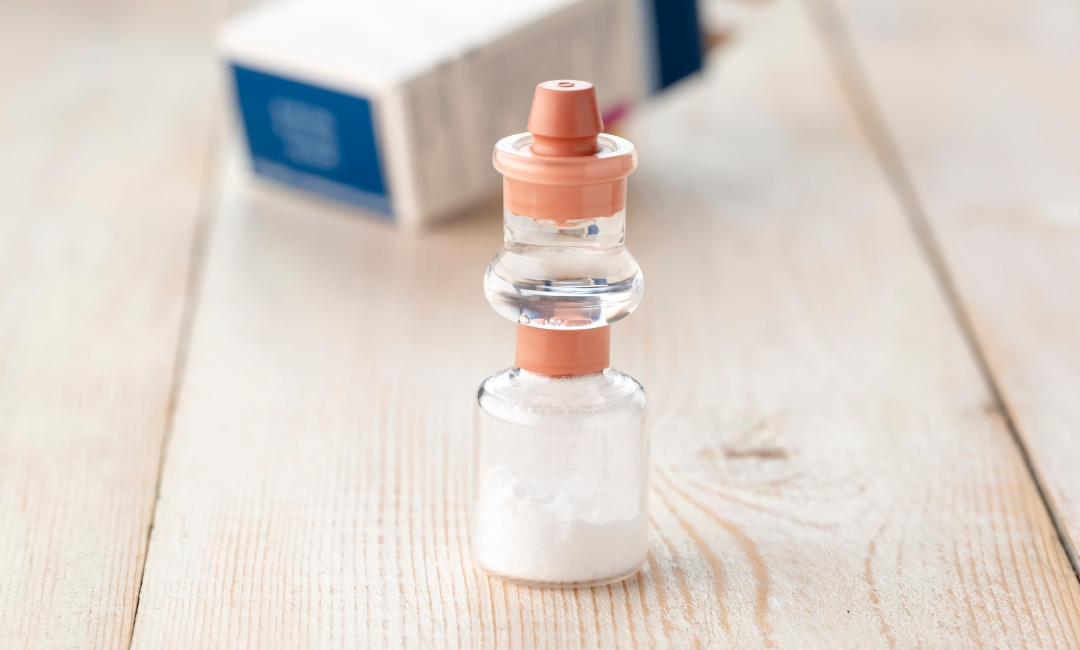Anti-tubercular drugs are those given to treat tuberculosis infection caused by Mycobacterium tuberculosis. These drugs also are effective against less common mycobacterial infections caused by M. kansasii, M. avium-intracellulare, M. fortuitum, and other related organisms. These drugs might not cure all cases but can halt the infection’s progress.
Unlike other antibacterial drugs, anti-tubercular drugs need to be administered over a long period of time spreading over several months; therefore, patient compliance remains an issue in tuberculosis treatment, along with drug resistance and adverse drug reactions.
It is important to modify the anti-tubercular regimen if the local drug test shows drug resistance as one may need to start a five or six-drug regimen for drug-resistant tuberculosis.
Anti-tubercular drugs are used specifically against mycobacteria. At usual dosages, ethambutol and isoniazid are tuberculostatic, which means they inhibit the growth of M. tuberculosis; however, rifampicin is tuberculocidal, which means it kills the mycobacterial cell.
Isoniazid and rifampicin can develop antibiotic resistance and should always be used with other anti-tubercular drugs.








